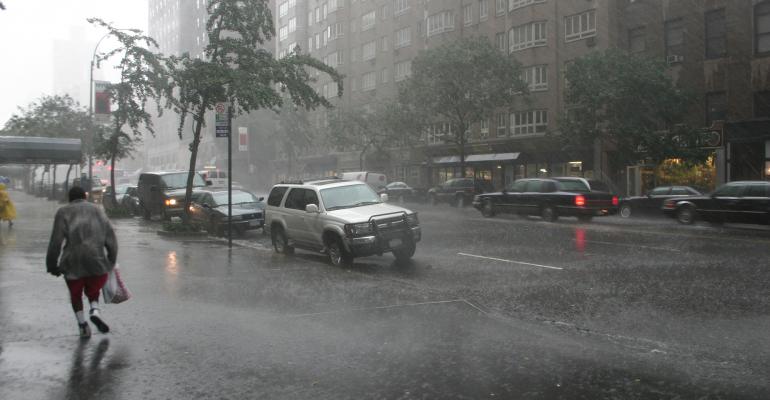As recent events both at home and abroad have shown, environmental risks ranging from wildfires to unexpected snowstorms to devastating floods, appear to be increasing, resulting in both loss of life and destroyed properties. Last week’s floods in Western Europe, for example, which affected Germany, Belgium, Switzerland, Austria and the Netherlands, have caused hundreds of deaths and hundreds of billions of euros in damages. Parts of California, Nevada and Colorado are currently experiencing wildfires. Meanwhile, New Mexico and other Southwestern states are dealing with droughts.
These developments are likely to have serious implications for commercial real estate investors, for figuring out the level of property risk they might be taking on when considering new asset purchases, for pricing in potential insurance costs and for fulfilling ESG requirements that are increasingly becoming the norm in the industry.
According to data firm Yardi Matrix, weather-related events caused $268 billion in damages worldwide in 2020 alone. To help real estate investors assess the risk of purchasing properties in specific markets, Yardi Matrix created a natural disasters scorecard for 21 largest U.S. metros that looks at the likelihood of hurricanes, tornadoes, wildfires and rising sea levels. The scores range from 1 to 3, with 1 indicating above average environmental risks and 3 indicating below average risk of natural disasters.
Here’s a look at the scores for cities ranging from Atlanta to Orlando, in reverse order of risk from highest to lowest.





